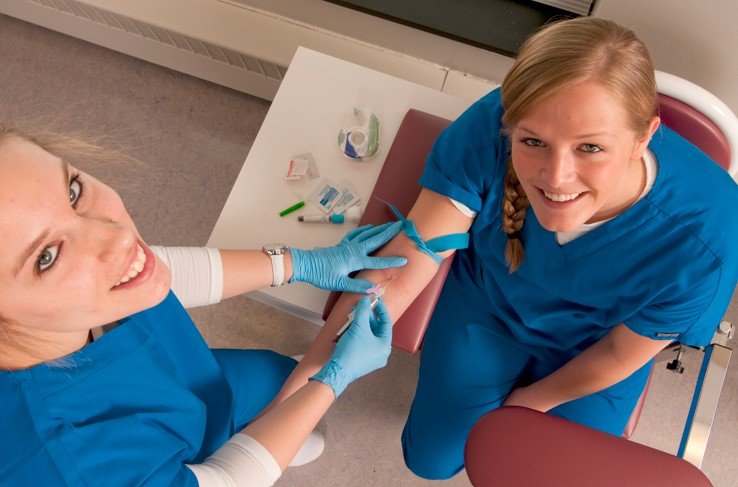Steps to Ensure Compliance with FDA Regulations When Importing Medical Equipment for Hospitals in the US
Summary
- Hospital supply and equipment management in the US is highly regulated by the FDA to ensure the safety and efficacy of medical devices.
- Importing medical equipment for use in hospitals requires compliance with FDA Regulations, including obtaining necessary approvals and certifications.
- Hospitals must take specific steps to ensure imported medical equipment meets FDA requirements, such as conducting thorough research, working with reputable suppliers, and maintaining detailed records.
Introduction
Hospital supply and equipment management is a critical aspect of healthcare delivery in the United States. Hospitals rely on a wide range of medical devices and equipment to provide quality care to patients. However, the importation of medical equipment comes with its own set of challenges, particularly in terms of compliance with FDA Regulations. In this article, we will explore the steps that need to be taken to comply with FDA Regulations when importing medical equipment for use in hospitals in the United States.
Understanding FDA Regulations
The Food and Drug Administration (FDA) is responsible for regulating the safety and effectiveness of medical devices in the United States. Any medical device that is imported into the country must meet FDA requirements and obtain the necessary approvals before it can be used in hospitals. This includes everything from simple surgical instruments to complex imaging machines.
Types of Medical Devices
The FDA classifies medical devices into three categories based on the level of risk they pose to patients:
- Class I: Low-risk devices such as bandages and examination gloves
- Class II: Moderate-risk devices such as infusion pumps and surgical gloves
- Class III: High-risk devices such as implantable pacemakers and artificial joints
Regulatory Requirements
Importing medical equipment for use in hospitals requires compliance with a number of FDA Regulations, including:
- Obtaining FDA approval or clearance for the device
- Registering the facility with the FDA
- Adhering to quality system Regulations
- Labeling the device with proper instructions for use
- Reporting adverse events and device malfunctions
Steps to Ensure Compliance
To comply with FDA Regulations when importing medical equipment for use in hospitals, several important steps must be taken. These include:
1. Conduct Thorough Research
Before importing any medical equipment, hospitals should conduct thorough research on the device and its manufacturer. This includes:
- Verifying that the device is FDA-approved or cleared for use in the United States
- Checking the manufacturer's reputation and history of compliance with FDA Regulations
- Ensuring that the device meets the specific needs of the hospital and its patients
2. Work with Reputable Suppliers
Hospitals should only work with reputable suppliers who can provide documentation of FDA approvals and certifications for the medical equipment being imported. This includes:
- Obtaining the necessary paperwork, such as FDA 510(k) clearance or premarket approval (PMA)
- Ensuring that the supplier follows good manufacturing practices (GMP)
- Verifying that the device meets all FDA labeling requirements
3. Maintain Detailed Records
Hospitals must maintain detailed records of all imported medical equipment to demonstrate compliance with FDA Regulations. This includes:
- Keeping copies of all FDA approvals and certifications for each device
- Documenting all communications with suppliers regarding the device's regulatory status
- Recording any adverse events or device malfunctions that occur during use
Conclusion
Compliance with FDA Regulations is essential when importing medical equipment for use in hospitals in the United States. By conducting thorough research, working with reputable suppliers, and maintaining detailed records, hospitals can ensure that the devices they import meet FDA requirements for safety and effectiveness. By following these steps, hospitals can provide quality care to their patients while adhering to regulatory standards.

Disclaimer: The content provided on this blog is for informational purposes only, reflecting the personal opinions and insights of the author(s) on the topics. The information provided should not be used for diagnosing or treating a health problem or disease, and those seeking personal medical advice should consult with a licensed physician. Always seek the advice of your doctor or other qualified health provider regarding a medical condition. Never disregard professional medical advice or delay in seeking it because of something you have read on this website. If you think you may have a medical emergency, call 911 or go to the nearest emergency room immediately. No physician-patient relationship is created by this web site or its use. No contributors to this web site make any representations, express or implied, with respect to the information provided herein or to its use. While we strive to share accurate and up-to-date information, we cannot guarantee the completeness, reliability, or accuracy of the content. The blog may also include links to external websites and resources for the convenience of our readers. Please note that linking to other sites does not imply endorsement of their content, practices, or services by us. Readers should use their discretion and judgment while exploring any external links and resources mentioned on this blog.
